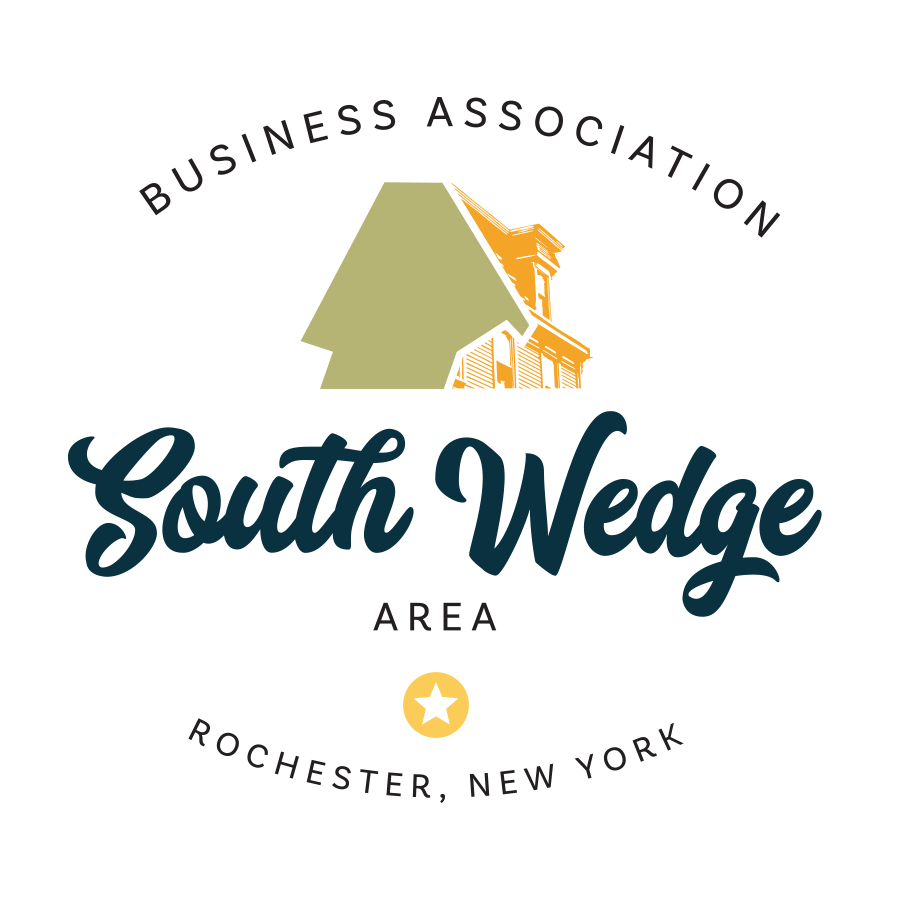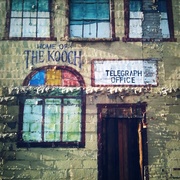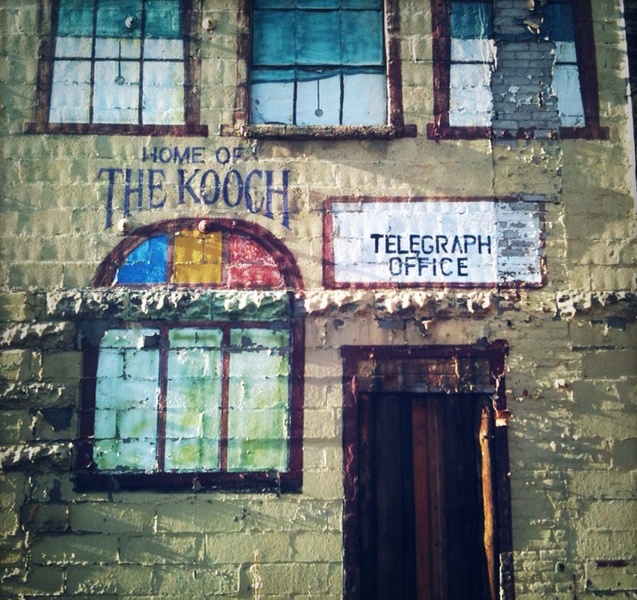The South Wedge area is rich with history, in fact the area is home to two National Historic Districts, with two local Preservation Districts within the boundaries of the neighborhood as well. We are fortunate to have a local historian on our executive committee who has written several books on local history. For information about the books or to purchase one please contact Rose O’Keefe at rok@rochester.rr.com. A historic walking tour of the area is available for download by clicking here. Details are also listed below.
1. The Senecas had fishing camps where the University of Rochester now stands, away from swamps & mosquitoes up river. Before them, wandering Algonquians used bone & stone, made crude pottery & lived on wild vegetables, in large encampments. Algonquians had nine acres of tilled fields & bark cabins in an ancient village around Elmwood Avenue.
2. Rochesterville was laid out in 1811 on the west side of the river, at the time, in Genesee County. There was a foot of snow on the ground in May 1812 when Hiram Scrantom built a home downtown.
3. Before the first bridge was built downtown in 1812, there was no safe way to cross the Genesee River without going 11 miles to Avon.
4. When Hiram Scrantom & his family fled their downtown home in 1813 in fear of a possible British invasion, they went to a cabin on farmland across the river, near UR campus.
5. Dr. John Elwood & Rev. Comfort Williams first built homes across from Rochesterville in 1816. Rev. Williams was the first resident clergyman in Rochesterville, when he bought 40 acres of dense woods.
6. Jacob Miller Sr.’s family first moved into a log cabin in March 1810 on the east side of the Genesee River, on River Road in the Northfield District township of Brighton. All around was dense forest. Jacob Miller’s daughter Climena was the first burial in July 1817, in West Brighton Rural Cemetery, on River Road around today’s Highland Avenue.
7. The South Avenue District started with tent camps of Irish immigrants working along the Erie Canal from 1819-1822.
8. John Gilbert built the Stone Warehouse by the Erie Canal feeder between 1821-22.
9. Cholera victims arrived by canal in July 1832 & caused an epidemic. City leaders looking for a remote site, opened Mount Hope Cemetery in October 1838.
10. Two immigrants started a seven-acre nursery business in 1840 along Mount Hope Avenue. By 1879, Ellwanger & Barry’s world-famous nurseries covered 650 acres!
11. The first Munger School on Hickory Street became Horace Mann School #13 in 1842.
12. The Ford Street Bridge was built in 1844, only a year after the Wolcott Inn that may have had an escape tunnel to the river, for runaway slaves.
13. The Frederick Douglass family bought a house & barn in 1855, on a hill on six acres in a remote wooded area off Grand Avenue (now South Avenue.) They lived there until a fire in 1872.
14. A Catholic rectory, school & church were built on Grand Avenue (now Gregory Street) in 1861. St. Boniface Church was dedicated in 1887. It had a 195-foot Gothic spire.
15. St. Andrew’s Episcopal Church on Ashland Street was built from 1873-1880. The Parish Hall of what is now Calvary St. Andrew was placed on the National Register of Historic Places in 1985.
16. Ellwanger & Barry donated 20 acres to start Highland Park in 1887. In 1891, the first 100 lilacs were planted.
17. In 1972, City Council designated the area from Mount Hope Avenue at the Ford Street Bridge to Reservoir Avenue, including Mount Hope Cemetery & Highland Park as the Mount Hope- Highland Preservation District. It was listed on the National Register of Historic Places in 1974.
18. In 1993, City Council approved the designation of the South Avenue & Gregory Street intersection as the city’s eighth Preservation District.
19. In 2009, the Linden-South Historic District, which includes 81 properties in the South Wedge, was added to the State and National Register of Historic Places.
20. In 2013, over 400 properties were listed on the State and National Register of Historic Places when the South Wedge Historic District was approved.


